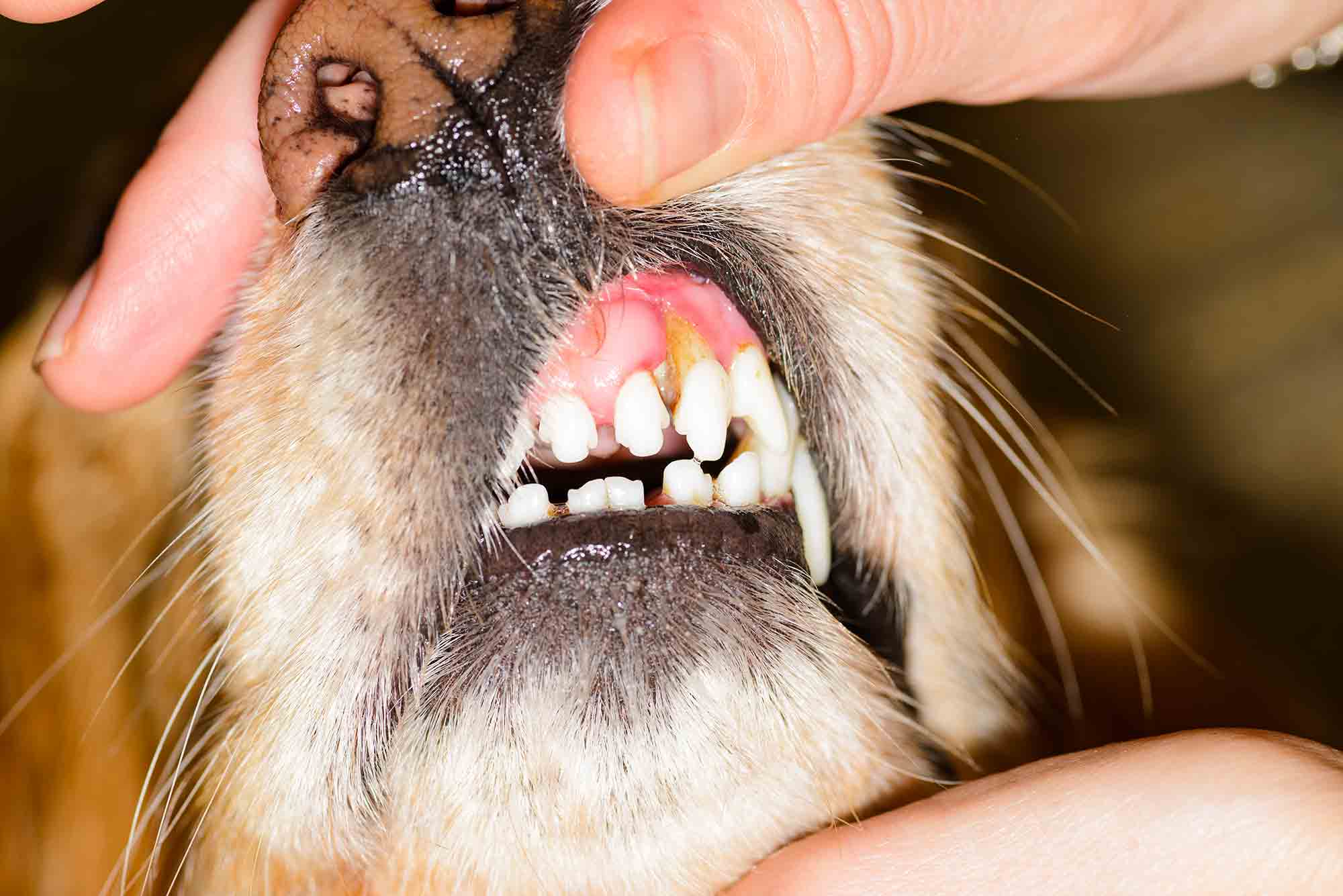Good News! Pet Periodontal Disease is Entirely Preventable
 Pet periodontal disease is the most common diagnosis for adult pets, but it’s not something you simply have to accept. In fact, prevention is fairly simple; you just need consistency, patience, and dedication. As a devoted pet owner, we know you’ve already got each of these in spades, so let’s nip pet periodontal disease in the bud!
Pet periodontal disease is the most common diagnosis for adult pets, but it’s not something you simply have to accept. In fact, prevention is fairly simple; you just need consistency, patience, and dedication. As a devoted pet owner, we know you’ve already got each of these in spades, so let’s nip pet periodontal disease in the bud!
The Scope
Pet periodontal disease isn’t something that happens overnight. Indeed, it takes a bit of time for naturally occurring oral bacteria to mix with food particles left behind in the mouth. When combined, they form plaque, a substance that hardens into tartar (calculus). Tartar will eventually begin destroying the gum tissue and bone structures around the teeth.
In the resulting pockets that form, bacteria will spread beneath the gums causing gingivitis (gum inflammation). With the support system of the teeth compromised, decay and tooth loss soon follow.
A Wider Lens
The effects or pet periodontal disease do not stop in the mouth. Because bacteria associated with the disease can end up in the bloodstream, an animal’s heart, liver, and kidneys can become prime targets for infection. Not only is it important to reduce damage to the teeth and gums, but pet dental care can contribute to a longer, fuller life.
Ignoring the Signs?
Bad dog or cat breath doesn’t have to be a part of life. Foul-smelling breath actually serves as a reminder that it’s past time to address the possibility of pet periodontal disease. The following symptoms should also never be ignored:
- Redness, swelling, or bleeding along the gum line
- Excessive drooling
- Pawing at the mouth
- Lack of appetite
- Obvious tartar build up
- Gum recession
- Trouble chewing or picking up food
- Loose, cracked, or missing teeth
- Facial swelling
- Nasal discharge
- Pain
The Deep Well of Wellness Care
Aside from all the other positive outcomes associated with routine wellness exams, these visits give us the opportunity to peak inside your pet’s mouth.
Based on what we see and your pet’s previous dental history, we may discuss the need for a professional exam, cleaning, and full set of digital radiographs. The only way to conduct these is while your pet is under general anesthesia. You can rest assured we make every effort to promote safety and comfort.
Anesthesia-free cleanings cannot effectively address problems below the gum line. They may also compromise an animal’s feelings of security and wellbeing.
Treating Pet Periodontal Disease
Depending on the stage of pet periodontal disease, a comprehensive cleaning and exam can help stop the condition from spreading. If there’s advanced bone loss, we may need to pursue one of the following:
- Application of antibiotics beneath the gums
- Root planing or canal
- Surgical extraction
Getting Proactive
Daily brushing is the gold standard to combat pet periodontal disease. We’re happy to help you find the right toothbrush and toothpaste for your pet (never use people toothpaste–toxic chemicals may be present). Similarly, numerous products are available, such as rinses, chews, and water additives, to promote a healthy, bacteria-free mouth.
Please let us know if you have any questions or concerns about pet periodontal disease.

